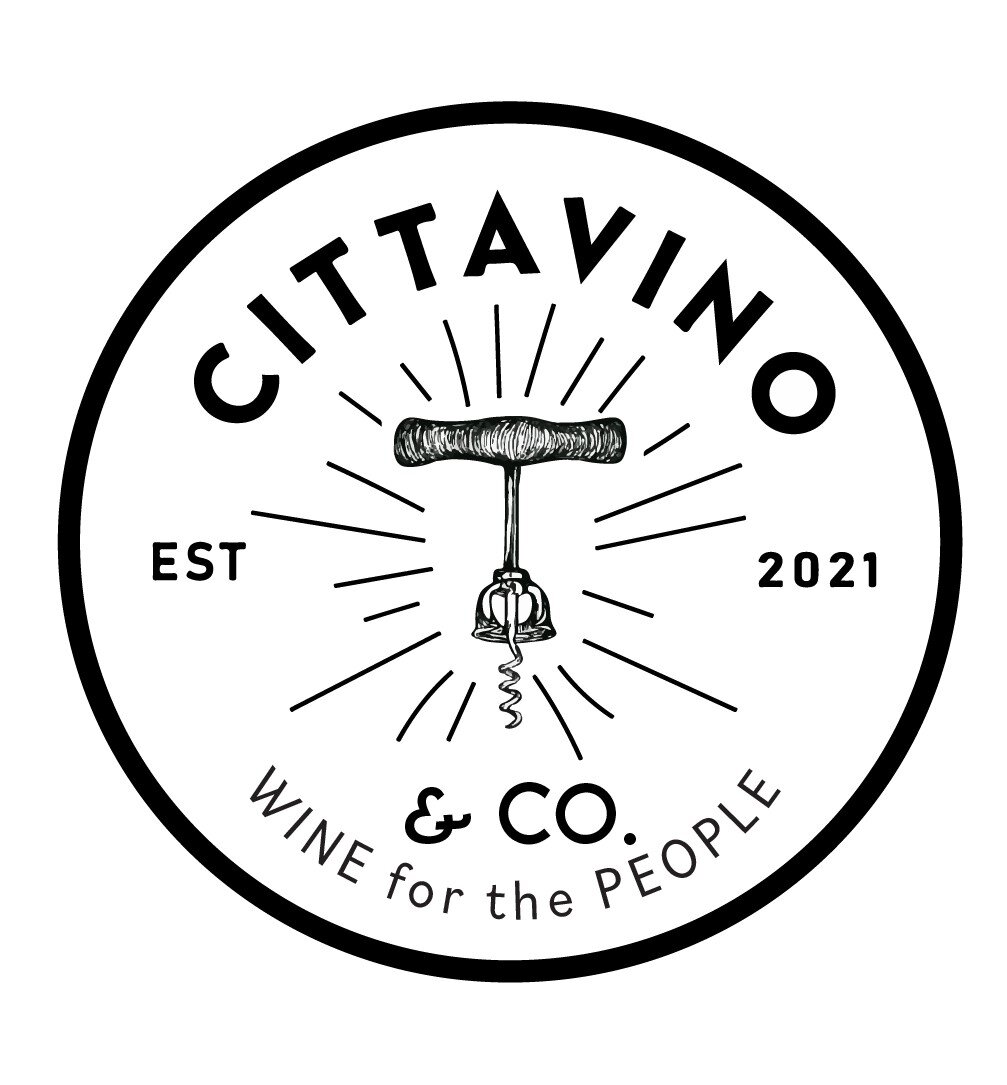Molise
Molise is Italy’s youngest region. Formed in 1963, Molise and Abruzzo were formally considered one region: Abruzzi e Molise. It should be no surprise then that Molise’s cuisine and mainstay grape take after Abruzzo, with Montepulciano culminating in 49% of plantings. Molise also shares a significant border with Campania, and therefore works with the Aglianico grape, though its second most widely planted grape is Cabernet Sauvignon. Despite not having as strong of a wine identity as other regions, Molise does have a native grape, of course! Tintilia.
The Tintilia di Molise DOC covers about half the region and the wine is based on 95% Tintilia. Despite holding such significant surface area, however, finding Tintilia outside of Molise is difficult. In fact, one of the more well known producers, Di Majo Norante, does bottle a 100% Tintilia wine, but the importer finds it difficult to sell and only imports their Aglianico, Montepulciano, Sangiovese, and perhaps a little devastatingly so, the Cabernet Sauvignon. It seems a Molise Cabernet would sell better than Tintilia.
Molise’s soil structures are similar to that if Abruzzo: clay and sand towards the coast, limestone and marl inland towards the Apennines. The strip of area along the Adriatic is Mediterranean climate, moderated by the Adriatic sea. With large wine regions, like the Biferno DOC and Tintilia DOC, that stretch from the Adriatic inwards to the base of the Apennines, there is a wide range of wine styles.
